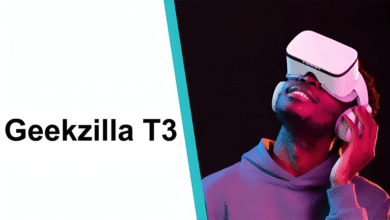Top 6 AI Image Generators for Website Design and Branding

In today’s digital era, creating a visually appealing online presence is essential for every business. A strong website design not only attracts visitors but also helps establish brand identity. AI image generators have become powerful tools for designers and marketers, enabling them to produce high-quality visuals that align perfectly with a brand’s style and tone. Below, we explore six leading AI image generators that are transforming how websites and brands create visual content.

1. Invideo – Redefining Visual Branding
Invideo’s AI Image Generator helps users turn simple text prompts into professional-quality visuals within seconds. Whether for social media, blogs, websites, or marketing campaigns, this tool delivers realistic images that maintain brand consistency across all channels. Its intuitive interface makes it accessible for creators of any skill level, offering a cost-effective way to produce engaging visuals without needing advanced design experience.
2. Recraft – Precision Design for Professionals
Recraft caters to professional designers who demand accuracy and quality. Its advanced V3 model excels at creating vector graphics, mockups, and consistent brand assets. With precise style control and scalability, Recraft is ideal for companies that require uniform design elements across multiple digital platforms while maintaining brand integrity.
3. Seedream 4.0 – Built for Speed and Scale
Developed by ByteDance, Seedream 4.0 focuses on high-speed, professional-grade image generation. It can produce 2K-resolution images in under two seconds, ensuring efficiency for large-scale projects. Users can upload up to six reference images, allowing for consistent visuals across multiple outputs. This makes it a top choice for agencies and marketing teams managing heavy creative workloads that demand both speed and quality.
4. Visual Electric – Creative Freedom with Smart Editing
Visual Electric empowers users to generate images and videos from natural language prompts. The platform’s built-in editing tools allow easy adjustments to color, lighting, and style—giving creators complete creative control. With its balance of usability and advanced customization, Visual Electric is perfect for businesses aiming to craft distinctive visuals that reflect their brand personality.
5. Ideogram – Perfect for Typography and Layout Design
Ideogram stands out for its unique ability to generate images with readable text, setting it apart from most AI models. Its 3.0 version brings improved text rendering and realistic design elements, making it ideal for creating infographics, promotional banners, and brand content with embedded text. Ideogram’s attention to typography and layout makes it a must-have for brands focused on visual communication.
6. Fotor AI – Fast and User-Friendly Visual Creation
Fotor AI offers a simple yet powerful way to generate visuals from text or existing images. Known for its speed and ease of use, Fotor is great for startups and small businesses that want professional visuals without investing in large design teams. It’s particularly effective for creating quick, high-quality images that enhance online branding and social media engagement.
Conclusion
AI image generators have transformed the manner in which companies engage in website design and branding. Invideo, Recraft, Seedream 4.0, Visual Electric, Ideogram, and Fotor AI are some of the tools that provide various features that suit different business requirements, ranging from developing realistic avatars and uniform brand assets to generating quality images with built-in text components. With these image and video maker apps, companies can improve their online presence, effectively engage their audience, and have a uniform brand image across their online platforms.
As AI continues to evolve, the future of visual design looks brighter than ever. These tools not only streamline the creative process but also open up new opportunities for innovation, helping brands connect more deeply with their audiences through compelling digital experiences.


